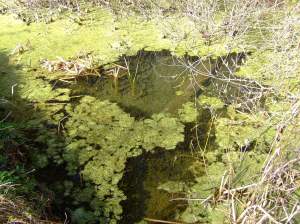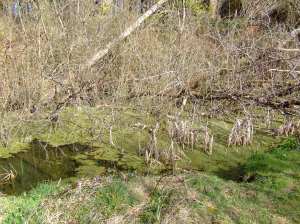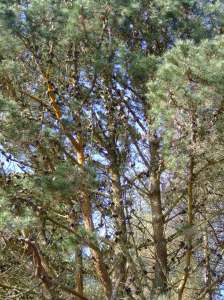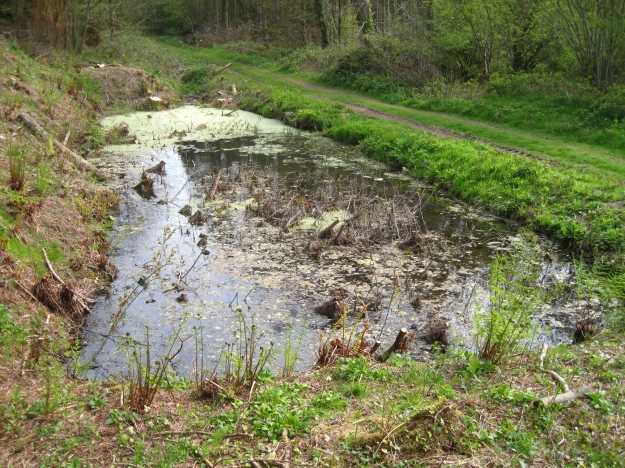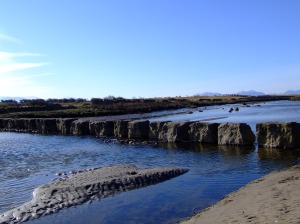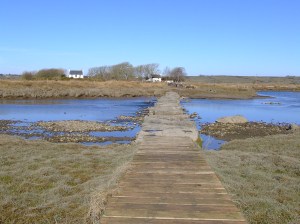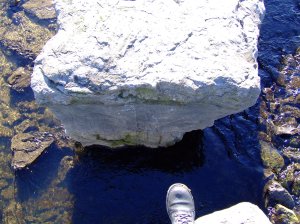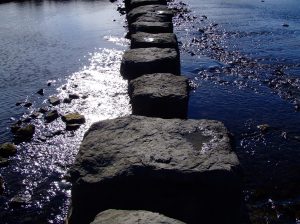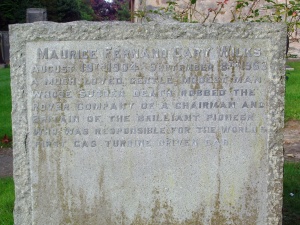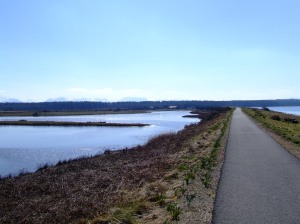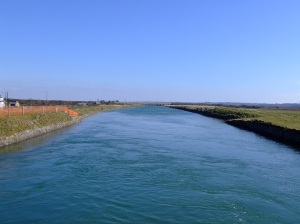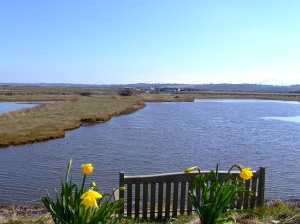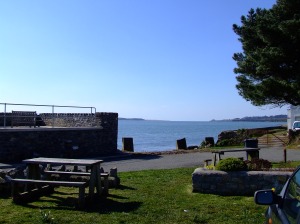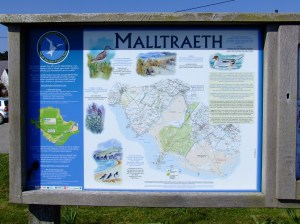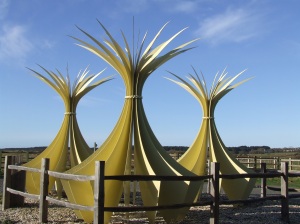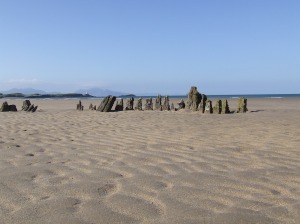Abermenai Point is the most southerly tip of Anglesey. Sitting at the end of Braich Abermenai, a dune and shingle spit, it marks the entrance to the Menai Strait.
A walk to Abermenai Point is almost guaranteed to blow the cobwebs away. And, except for the busiest times in the summer, you can usually enjoy considerable solitude along any of the routes to the point.
If you look at an Ordnance Survey map, you will see that there are “footpaths” shown heading out across the mudflats of Traeth Melynog (Traeth Abermenai on some maps), beyond the dunes of Newborough Warren. Although these paths offer the shortest routes to the point, they are within the tidal zone: you need to be very careful if you use them to make sure that you won’t get trapped by the tide.
Nevertheless, being mindful of the tides, you can make a very nice circular walk starting out from the Llyn Rhos Ddu/Marram Grass car park. From there, follow the path towards the forest for approximately half a kilometre when you will see a lane coming down from your right, and a gate into the dunes on your left.

Footpath into Newborough Warren
Head into the dunes at this point, and keep following the marker posts all the way across the dunes – it’s very hilly! Finally, you will emerge from the dunes onto the edge of the mud flat and you can see Abermenai point ahead of you.

Post in the Abermenai mudflat looking towards Braich Abermenai
There are some concrete posts in the flats which can help to guide you, but they’re not official markers. There is a channel about two thirds of the way across the mud flat – depending on the state of the tide it may be nearly dry or it may be more than knee deep – but you’ll always find a way round it by going inland if you don’t want to get your feet wet.

Tidal channel Traeth Melynog Abermenai
The mud flats teem with insects, crabs and birds. At certain times of the year they are transformed into a sea of flowers.
Once you’ve crossed the channel, just keep going and you will reach Abermenai Point. There a derelict little ferry house stands alone.

The old house at Abermenai Point
On the opposite side is Fort Belan. Behind that is Caernarfon airport where two large wind turbines have recently been erected.
To complete the circuit head around to the south side of Abermenai Point and then follow the coast all the way along to the forest edge. If the tide is high, you will need to walk along the dune top rather than the shore.
Once you reach the forest edge, turn up (inland) and follow that path, along the forest’s edge, all the way back to the car park.
It’s about a seven mile walk altogether, but it feels longer: it warrants a picnic!
Geomon – Anglesey’s Geopark project – produced a handy pdf guide (670kb) for a similar walk (although following a slightly different, slightly longer route, and in reverse).
A word about tides
The Metoffice website shows tide times as well as the weather forecast on its Llanddwyn/Newborough page (scroll to the bottom of their page for the tide times).
Within the range of “high” and “low” tides there are, of course, very high high tides (so called springs) and very low high tides (so called neaps – from the Anglo Saxon meaning scanty or pinched). Tides at Llanddwyn that are more than 5m are pretty high. A tide that high, especially with the wind behind it, will reduce the beaches to just a slither of sand – or maybe even no beach at all.
Conversely, high tides that are less than 4.5m are low and leave plenty of beach, even when the tide is “high”.
High high tides go hand in hand with low low tides and vice versa. So, on a day when the beach disappears completely at high tide it will be huge at low tide.

















